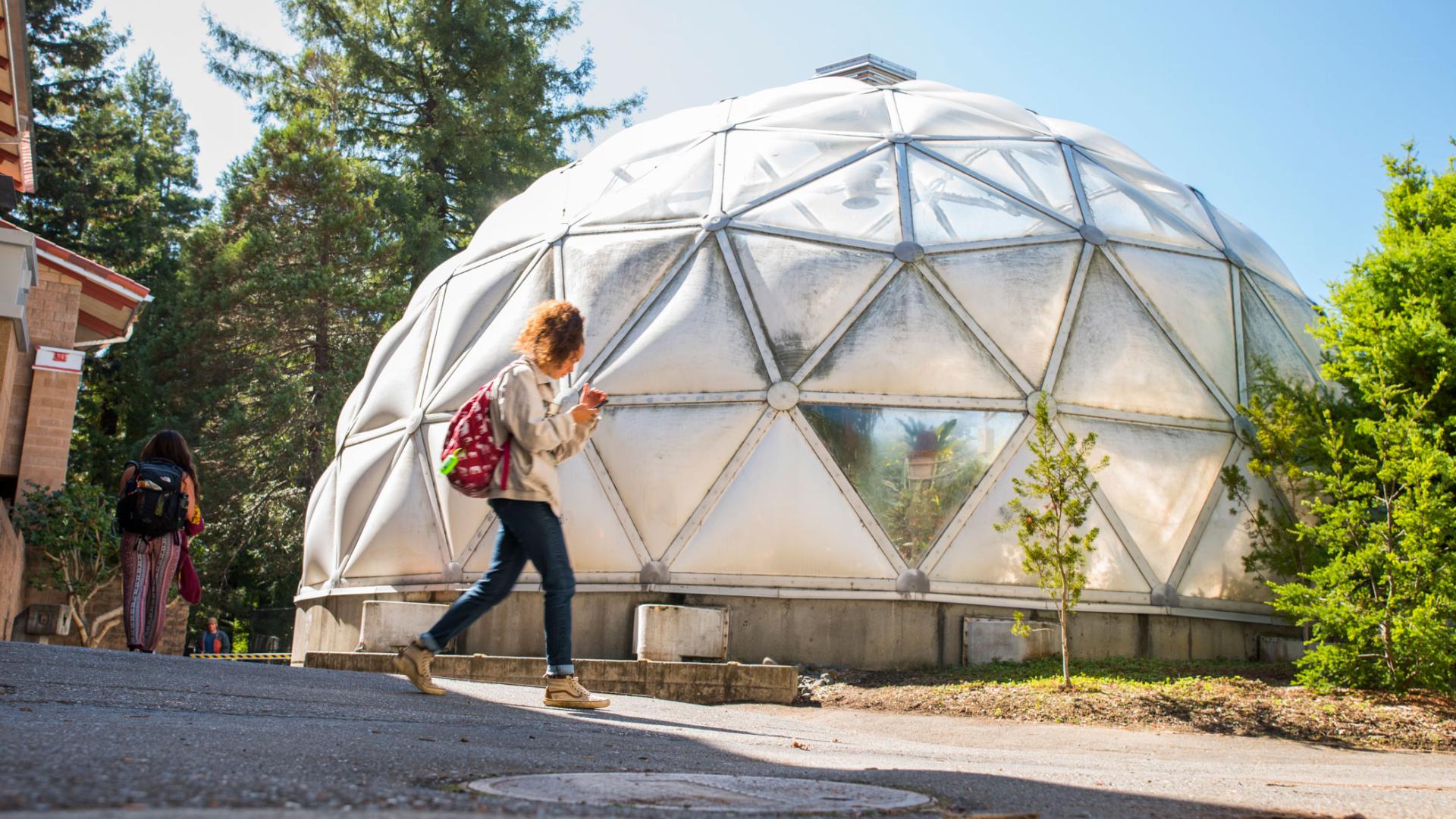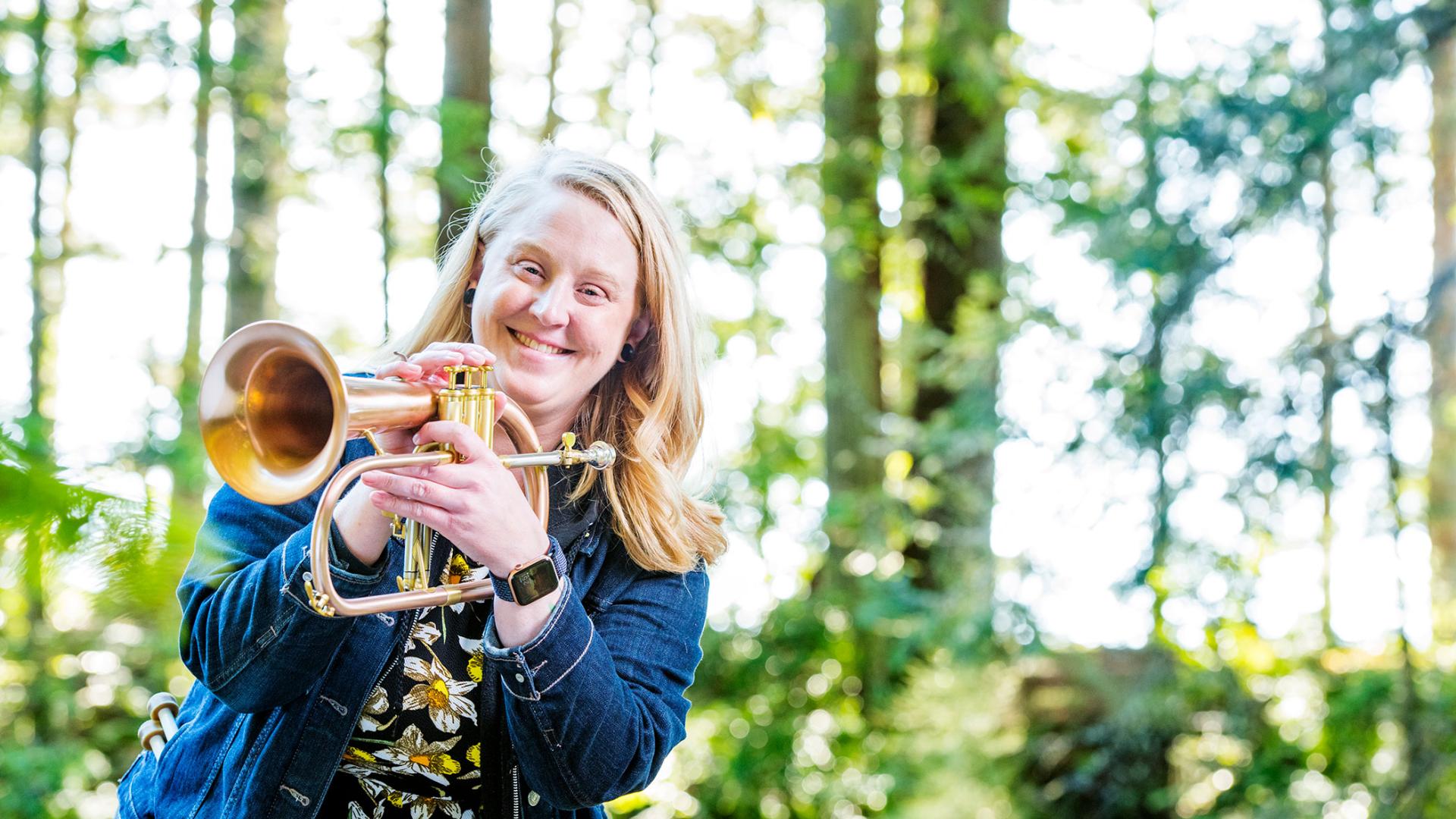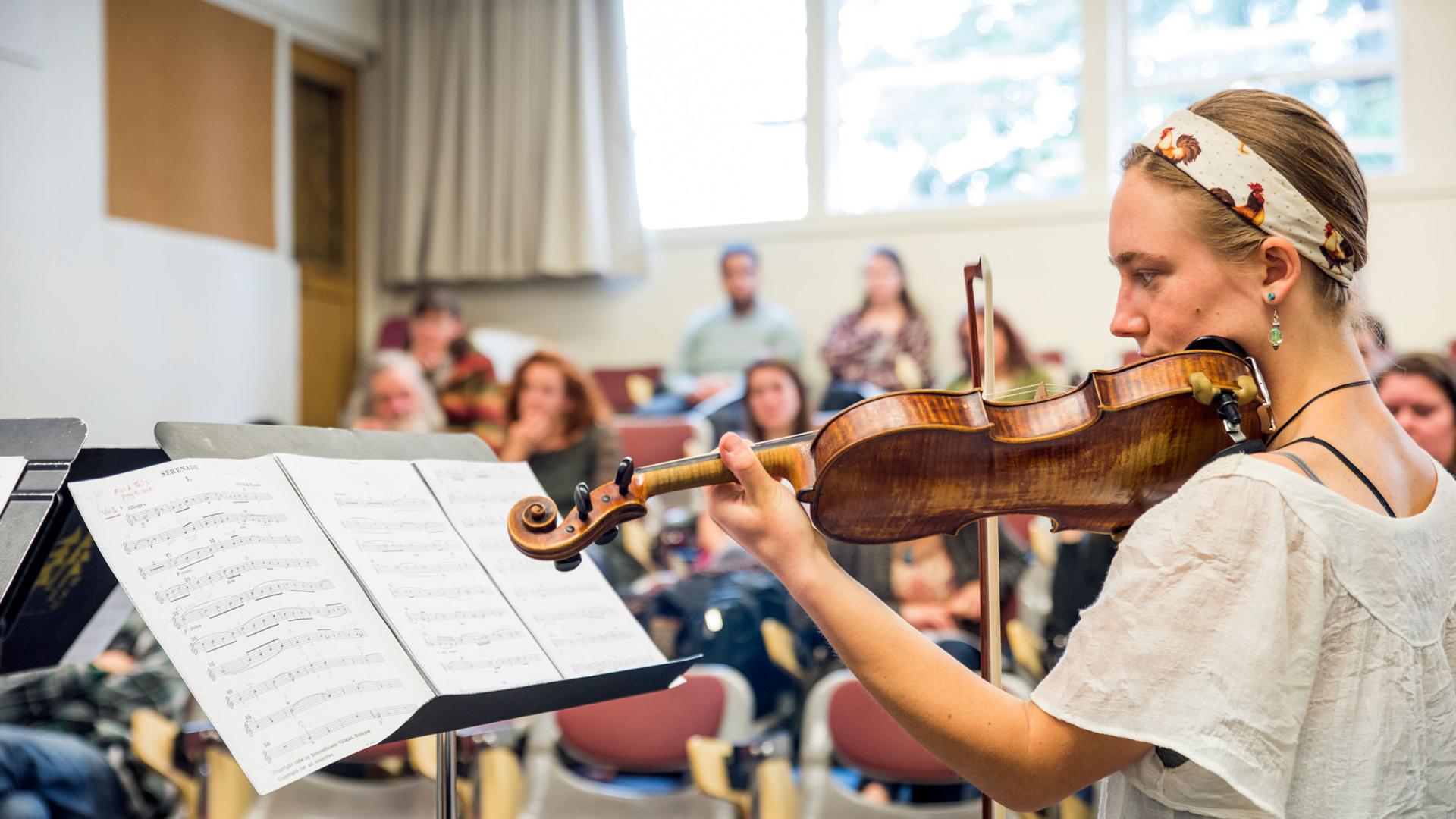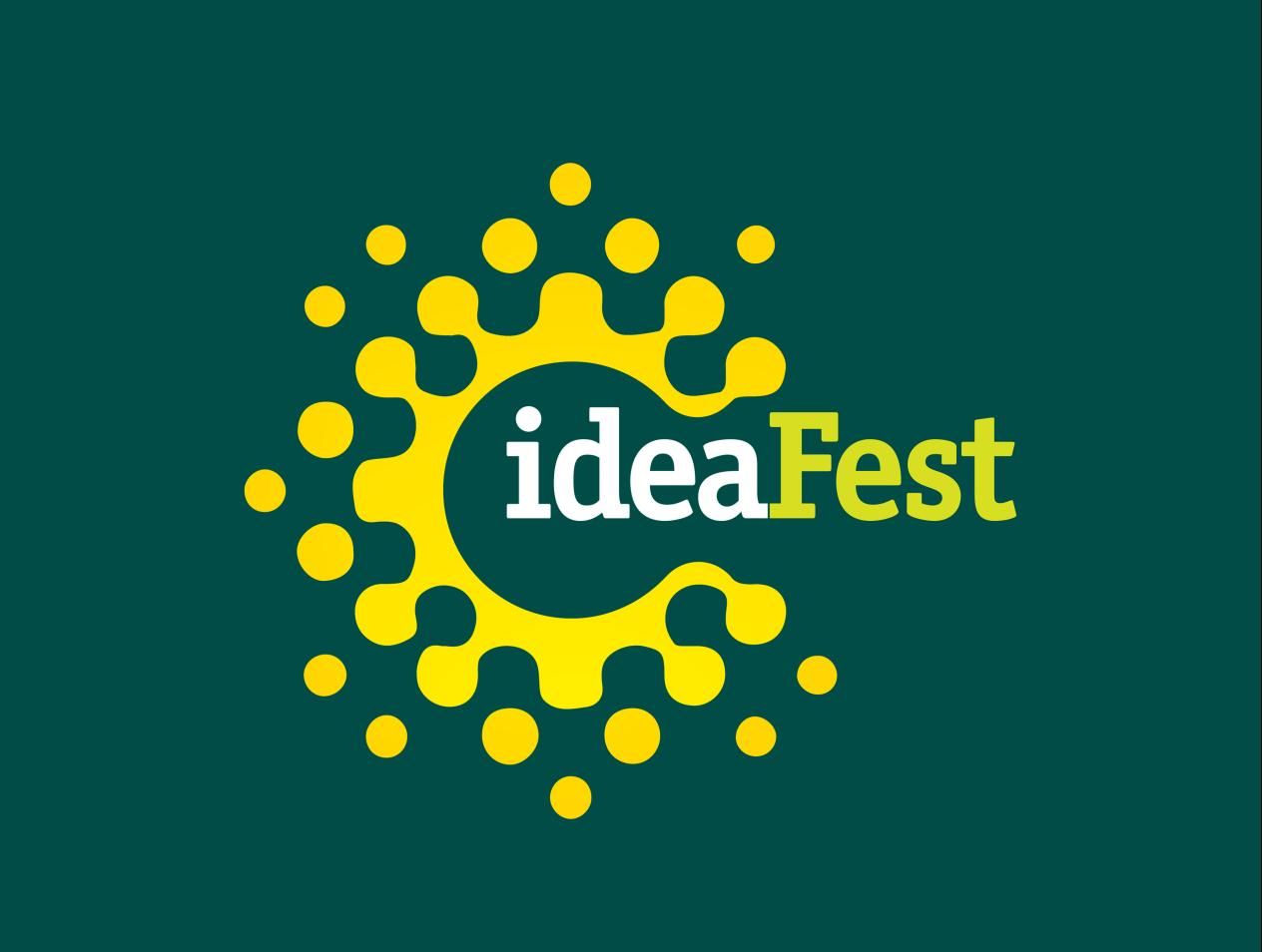May 3, 2024 | Digital Showcase | Humboldt Library
All Presenters & Abstracts
Youth Developmental Program: Captain John High School in Hoopa, CA
Presentation Year: 2023
Rosa
Granados,
Social Work
We are supporting the Youth Developmental Program research and outcomes at Captain John Continue High School in Hoopa. Two Feathers provides and funded these Native American Family Services located all over Humboldt County schools and systems utilizing tribal best practices as their main guidance to a balanced community. This program runs work pods, weaving circles, drumming circles, and LGBTQ+2Spirits talking circles. They advocate and collaborate with all Two Feathers clinicians, school administrators, school counselors, programs, and resources that provide share career & college opportunities, cultural interventions, and lastly expand the connection to nature and community. For the youth!
Youth in Motion: Sunset Kayak
Presentation Year: 2023
Alaya
Eveland,
Other
My project is an event that celebrates how outdoor recreation can connect youth to the land, to our communities, and ourselves. This will be a free private kayaking event at the Humboldt Bay Aquatic Center on May 6th, and aims to support transition age foster youth through a free community building experience. All transportation, gear, and food will be provided at no cost to the participants, and will be funded by various grants and donations from our stakeholders. The event will be hosted by Center Activities at Cal Poly Humboldt and California Youth Connections, and will be open to members of Elite Scholars and the Humboldt County Transition Age Youth Committee (HCTAYC).
Youth Voices Matter
Presentation Year: 2023
Lori
Hayes,
Social Work
In partnership with the Yurok Tribe, this project seeks the opinions of Yurok extended foster care and aged-out foster youth about their experiences, their needs, and their opinions on how services can be improved and ideas for future programing for Tribal foster youth. This project will produce a report that highlights common themes found in the interviews, insightful input and ideas for improvement provided by the participants. As the ICWA Department and the Tribal Court continue to design programing for youth and refine existing programs, the hope is that this final report will provide useful information that will help them in program design and improvements over time.
Yurok Wellness Court Professional Training
Presentation Year: 2023
Madalene
Easterbrook ,
Social Work
- AngeliqueHennessySocial WorkGraduate Student
Our finished project is a recorded video training, approximately one hour long. We gave a copy of the training to the Yurok Wellness Court. We also gave a copy of the slides to the Yurok Wellness Court, so that they may conduct their own live training using our materials.
“The sense of solidarity”: Relational ethics, peer support, and specialized resources for rural and Indigenous social work education program alumni
Presentation Year: 2023
Calla
Peltier-Olson,
Social Work
Humboldt Social Work Alumni experience unique challenges and exhibit particular strengths as a virtue of the unique focus of the Program and the context of the rural & Indigenous communities served. I assessed how alumni’s sustainability in the field might be bolstered, and how their education impacted their practice/values. I facilitated a focus group of graduating Master’s students and an online survey open to all alumni, and translated the data into recommendations. I used Indigenous MMR, combining quantitative data, thematic analysis, & relational epistemology. I recommend the creation of a decentralized alumni organization, drawing from other postcolonial-education-focused alumni orgs.
Intimations of Mortality
Presentation Year: 2022
This interactive exhibit on death and dying aims to give each individual a guide they can use while navigating mortality from a start to an end. We all have birth in common with each other, and most of us have been promised death by some authority in our lives, but it seems that this modern world often denies people the space to unpack and become familiar with this foreshadowed similarity. We hope you leave here with the tools and language to find peace in the deaths that pass your way.
Micro Affirmative Text
Presentation Year: 2022
Micro Affirmative Text- This is a qualitative Critical Action Research which uses Critical Race theory to design lessons on microaffirmative text. Our research wanted to document how youth engaged in critical microaffirmative text.
"You Make Your Own Luck" Building Cultural and Social Capital in a Major-Based Career Course
Presentation Year: 2022
This poster presents a pilot assessment of a career seminar required for sophomore or junior Sociology, and Criminology & Justice Studies Majors. On the first day, students completed a self-assessment survey measuring confidence in any existing materials and professional skills. All students indicated that support of their professional tool kit was "very important" to "important." Post-course assessment indicated that most engaged heavily in assignments supporting low confidence areas such as networking, translating their major skills and experiences for a job or internship search, and developing organizing systems for their job/internship search.
2,4-D Presence in Animal Fur
Presentation Year: 2022
2,4-dichlorophenoxyacetic acid, commonly known as 2,4-D, is a widely utilized pesticide in weed control. 2,4-D is considered toxic, and may pose detrimental effects to wildlife if used recklessly. Here we sought to quantitatively analyze for the presence of 2,4-D on the fur of local fauna found in Humboldt county, namely Gray fox, Brush rabbit, and Deer mice. We used purification techniques such as washes, as well as extraction techniques including liquid-liquid extraction, and analysis through gas chromatography (GC) in order to visualize 2,4-D. Positive results could spell trouble for the local wildlife, and have severe consequences.
A Computational Study of the Acidity of Glufosinate Derivatives
Presentation Year: 2022
Glufosinate is an important agricultural herbicide, and in this project we attempt to use computational chemistry to better understand how modifications to its structure impact the properties of a nucleophilic functional group important to its mechanism of action. Though ultimately the uncertainty of these calculations proved too large to draw useful conclusions about the mechanism, we were able to establish a reasonable range for the functional group pKa that excluded older conflicting literature values and to provide insight into how steric factors may cause the substitutions to behave differently within the active site than they do in solution.
A Journey Through a Mind
Presentation Year: 2022
"A Journey Through a Mind (an interactive labyrinth game)" is an exploration of my personal experiences as someone with bipolar. It will take you through the daily choices and struggles a person may go through as they are experiencing hypomania or depression. The point is for the viewer to get lost in the labyrinth and for them to struggle to find a suitable solution. It also expresses my frustration with the medical/mental health system.
A New Ocean Wave Model Applied to Humboldt Bay Entrance
Presentation Year: 2022
A new one-dimensional ocean wave model was derived and applied to the Humboldt Bay Channel. This model consists of the continuity equation and momentum equation which describe the incomprehensibility and movement of sea water.
This model was digitized on a computer using the Octave programming language and simulations were ran for five different ocean swell scenarios. Wind generated this swell ranging in speed from 10 to 50 nautical miles per hour, yielding wavelengths in the range of 8.5 to 212 meters with wave speeds in the range of 2.8-14.8 meters/second.
In all cases the measured speeds agreed the the theoretical shallow water wave speed.
American crow (Corvus brachyrhynchos ) abundance in relation to different human-altered environments and levels of disturbance
Presentation Year: 2022
Examining Corvus brachyrhynchos (American crow) habitat selection is valuable in understanding how this generalist species adapts to human-altered environments.
Objectives of the study:
Are crows utilizing a specific type of anthropogenic environment significantly more than the other?
Is human and vehicle presence at the sites is significantly affecting crow abundance?
I recorded observations of crow abundance at four sites in Arcata, CA, USA representing two habitat types; urban and agricultural. Analysis of my results showed that crows are significantly selecting urban sites over agricultural.
American Sign Language Coloring Book
Presentation Year: 2022
This creative project consists of a coloring book of basic American Sign Language; such as the alphabet, mannerisms, emergency signs, and other signs that I thought would be important to have within the book. Plus a description in the back explaining what American Sign language is and a brief bit of history within the Deaf community.
An Intergroup Threat Theory Approach to Support for Political Movements, Symbols, and Candidates
Presentation Year: 2022
This research project utilizes Intergroup Threat Theory to examine how positive and negative contact with African-Americans relate to feelings toward Black Lives Matter, the Confederate Flag, Joe Biden, and Donald Trump. It also examines how this relationship between contact and feelings is mediated by perceptions of realistic and symbolic threat from African-Americans. This project has implications for understanding how having diverse social experiences may influence our political beliefs. This research also shows that Intergroup Threat Theory goes beyond just examining evaluations of groups, and extends to political figures, movements, and symbols as well.
Anabaena Sensory Rhodopsin nanodisc assisted antifungal transport into Brewer's yeast
Presentation Year: 2022
Our experiment hopes to answer the question of whether or not nanodiscs make an effective means of transporting medication, specifically in the treatment of fungal infections. We hope this adds to research that is currently examining its effectiveness in the transport of chemotherapy drugs to prevent collateral cell death; there is current evidence to support these assumptions. To do this, we are testing the transport of Terbinafine into Brewer's yeast in the hopes of inducing cell death.
ASR Membrane Protein and ApoA1 Detection in Nanodisc via Western Blot Analysis
Presentation Year: 2022
Anabaena sensory rhodopsin (ASR) is a prokaryotic photoactive transmembrane G protein coupled receptor extracted from the cyanobacterium Nostoc. The potential for ASR and its transducer, ASRT, to transcribe/translate prokaryotic genes into products by light signals is an extremely attractive possibility for future membrane research. Nanodiscs are a useful tool for studying membrane proteins because they serve to create a stable amphipathic environment. In the present study, 6x-His ASR has been extracted, isolated, purified, and inserted into a MSP nanodisc with ApoA1 and DMPC. We examine ApoA1 insertion into the nanodisc via SDS-PAGE and chemiluminescent western blot analysis.
Assessing nocturnal habitat selection of small mammals on an urban-rural gradient using camera trapping
Presentation Year: 2022
Urban development forces city and town boundaries to encroach further into wildland habitats and natural landscapes all over the world, causing immense habitat loss and fragmentation. Human-wildlife conflict with mesocarnivores (skunks, foxes, raccoons, etc.) increases as rising rural population densities push more small mammals into anthropogenic areas. This senior thesis study uses trail cameras to assess habitat and resource use vs. availability along the wildland-urban interface among nocturnal small mammals to determine presence of selection.
Autonomy Support Promotes College Student Engagement Through Mastery-Approach Goals and Self-Esteem
Presentation Year: 2022
COVID-19 brought about unprecedented difficulties for college students. Challenges associated with online learning, such as one-way interactions, presented obstacles to college engagement. We explored the role that instructors play in fostering greater academic involvement. Specifically, we examined the effects of autonomy support. Autonomy support involves encouraging students to explore their own interests and self-regulate. We posited that autonomy support would predict, respectively, greater self-esteem and mastery-approach goals for students. In turn, we expected that these effects would predict greater engagement. Our findings highlight the importance of autonomy support.
Availability of Perch Structures Correlates with the Abundance and Richness of Raptors in Humboldt County
Presentation Year: 2022
Perches are necessary for raptor species in both their foraging and roosting behavior. The distribution of foraging and roosting raptors is influenced by the availability of perches and prey. However, little is known about the influence of different available perch types, within a habitat, has on raptors. My research aimed to address the question of whether local raptor abundance and richness correlates with the availability of a variety of perch types in a habitat.






